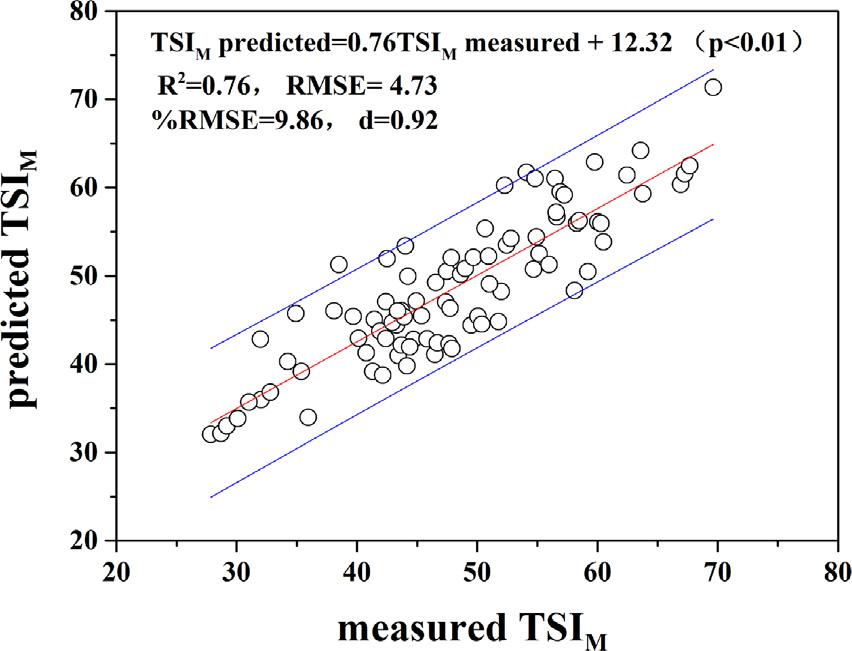Reservoirs are important for both economic and social sustainable development, providing a stable supply of water for agricultural, industrial, recreational and residential use. Chromophoric dissolved organic matter (CDOM) represents the optically active component of the DOM pool, and originates from both allochthonous and autochthonous sources. In recent years the water supply is generally threatened by eutrophication, a condition affecting many reservoirs due to high input of nitrogen (N) and phosphorus (P) from domestic sources, and extensive agricultural and industrial activities.
CDOM plays an important role in the ecology of aquatic systems; a high concentration of organic matter in natural waters is generally an indicator of pollution and potential for hypoxia. However, little is known about the optical and fluorescent properties of CDOM in drinking water reservoirs, and the variability of CDOM properties along trophic gradients in these aquatic systems.
The researchers from the Northeast Institute of Geography and Agroecology of the Chinese Academy of Sciences first time have strengthened the linkage between the trophic status index and CDOM characteristics for reservoirs in large-scale regions of China, it also contributes to establish a new rapid assessing model with quick experimental measurements to monitor the trophic status of water reservoirs.
Based on fieldtrips and laboratory measurement, the researchers proposes a new classification standard associated with eutrophic status via CDOM humification index (HIX) due to the significant correlation between CDOM fluorescence and trophic states index (Figure 1) . Also, the nutrients in aquatic systems and the social economy factors (including wastewater, sewage, cultivated land, GDP, population) and altitude affects the CDOM absorption and fluorescence significantly.
The fluorescence CDOM is easy to determine and is more sensitive than traditional water quality measurements. The distribution of CDOM fluorescence in water reservoirs can be made with handheld spectrometers, as well as with sensors on board of unmanned aerial vehicles and land-observing satellites, making it possible to continuously monitor changes in the trophic state of water reservoirs, many of which are sources of drinking water. “This study is based on a large dataset encompassing reservoirs of a large range of trophic state. Therefore, the assessment model should be applicable to a wide range of inland water bodies within the study region.” said Prof. SONG Kaishan.
The study entitled “Characterization of CDOM in reservoirs and its linkage to trophic status assessment across China using spectroscopic analysis” has been published online in Journal of Hydrology.
Contact:
Prof. SONG Kaishan, Ph. D
Northeast Institute of Geography and Agroecology, Chinese Academy of Sciences, Changchun 130102, China
Tel: 86-431-85542364
E-mail: songks@iga.ac.cn

Figure 1. Validation results of the TSIM model through comparison of measured TSIM and predicted TSIM of water reservoirs. (The area between two blue lines indicates the 95% prediction intervals around the red regression line).